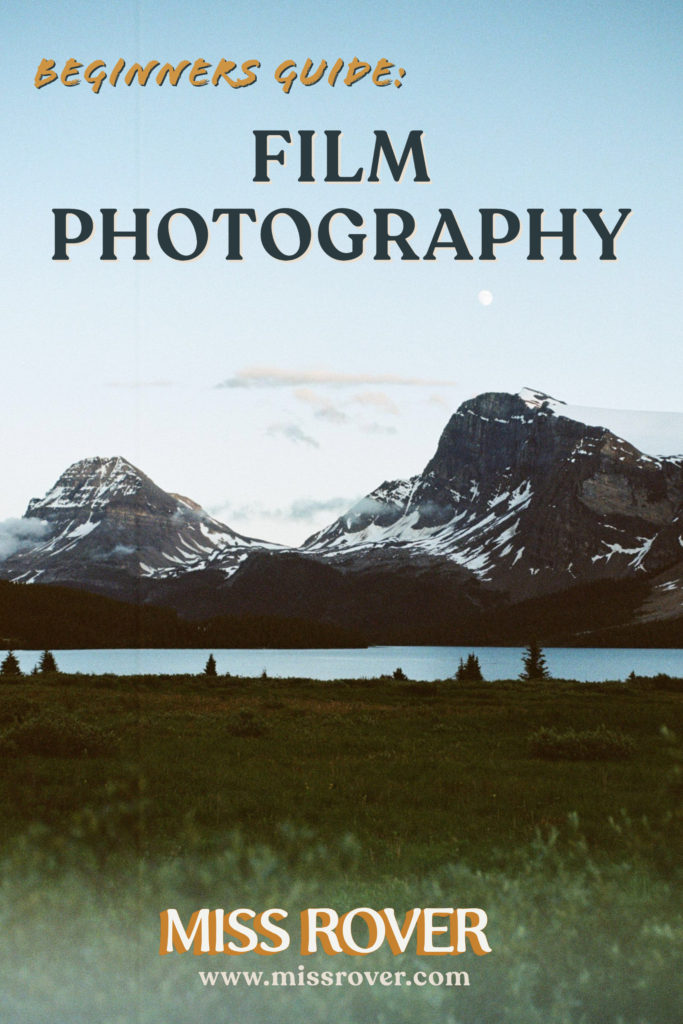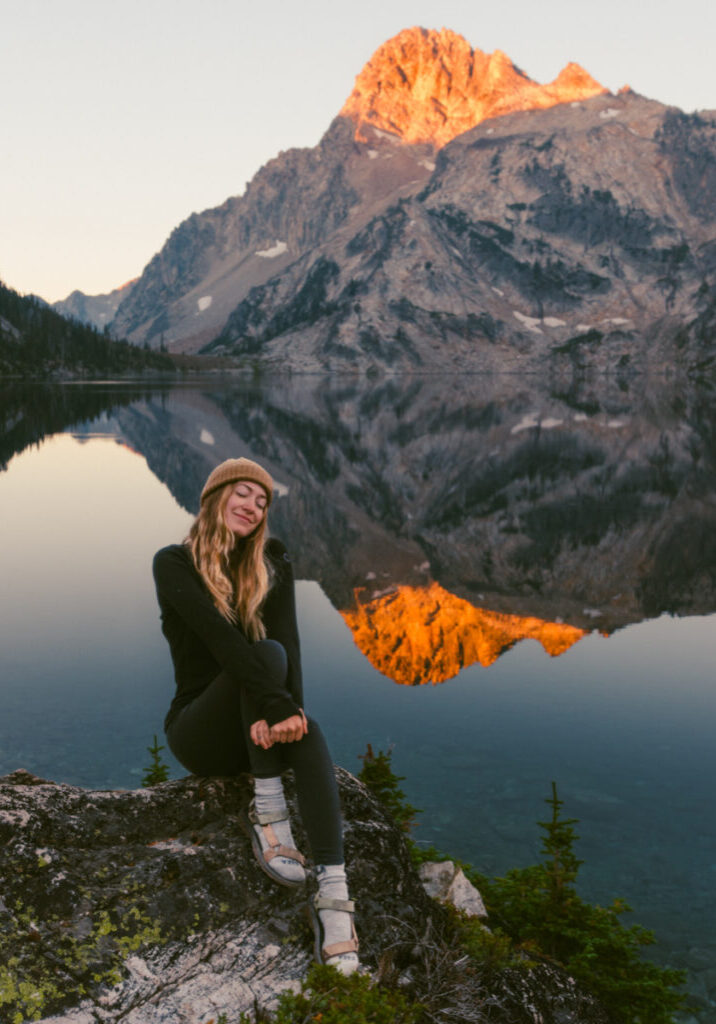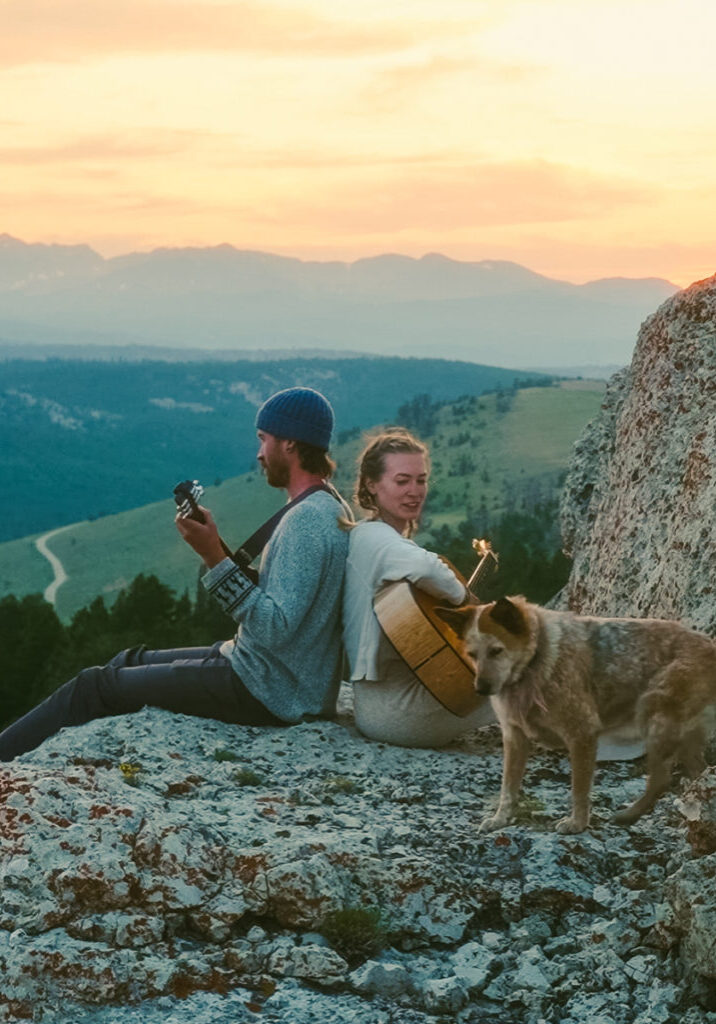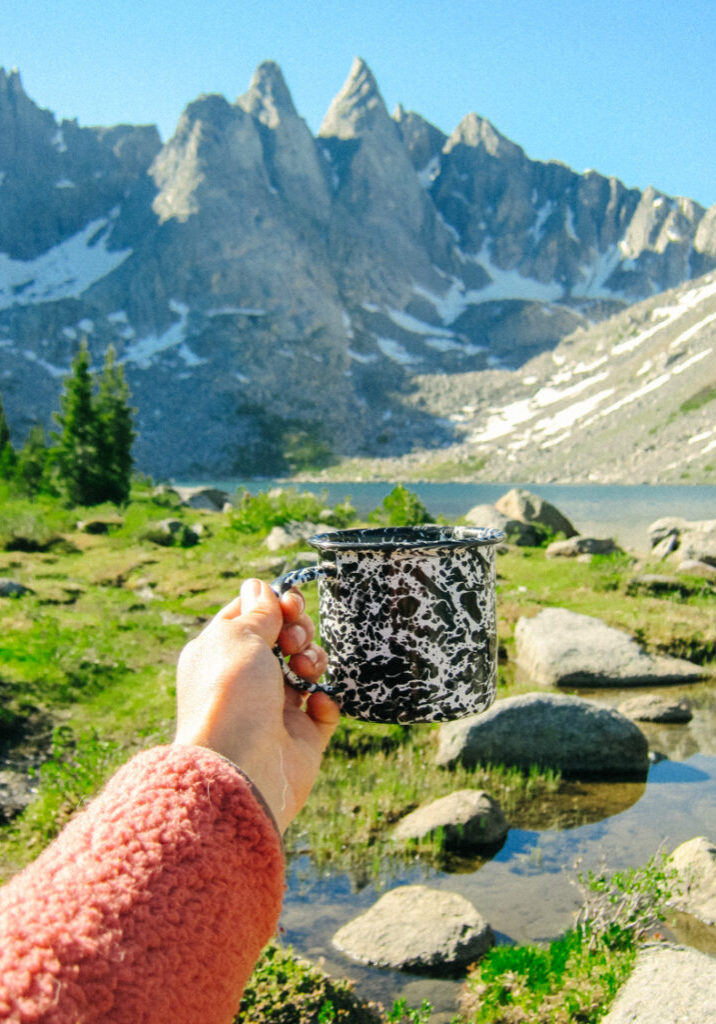| Filed in Blog, Photography Gear | Disclaimer: I use affiliate links and may receive a small commission on purchases. | Leave a Comment
Film photography is really making a resurgence, and I’m here for it. My intro to film was being handed a disposable camera for summer camp and my mom telling me “don’t shoot it all at once!”. This guide will cover film cameras for beginners as well as what film to use and options for every budget.
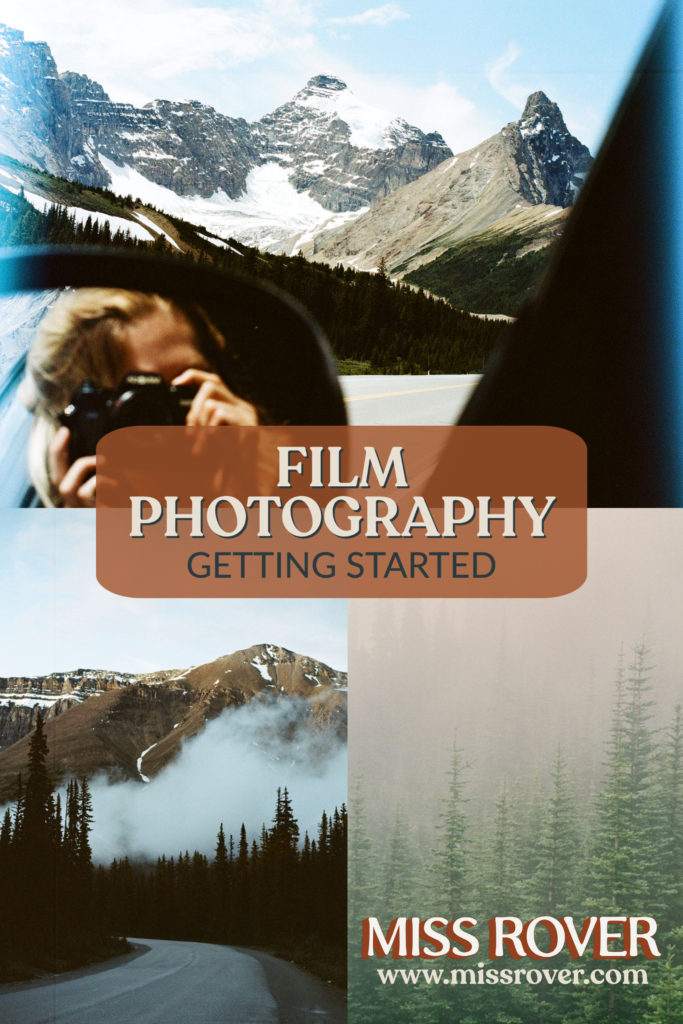
Shooting on film has helped me develop and focus more intentionality behind my photography. Raise your hand if you’ve been trigger happy with a digital camera *raises hand*. Film cameras and film photography force me to slow down and connect with the environment more, and has honestly been the only thing at times keeping me pursuing photography without burnout.
There are a lot of barriers to getting started with film, information and cost being at the forefront. I’ve created this guide to hopefully get you started on your film journey and start creating unique memories shot on film. Read on for film cameras for beginners
Types of Film
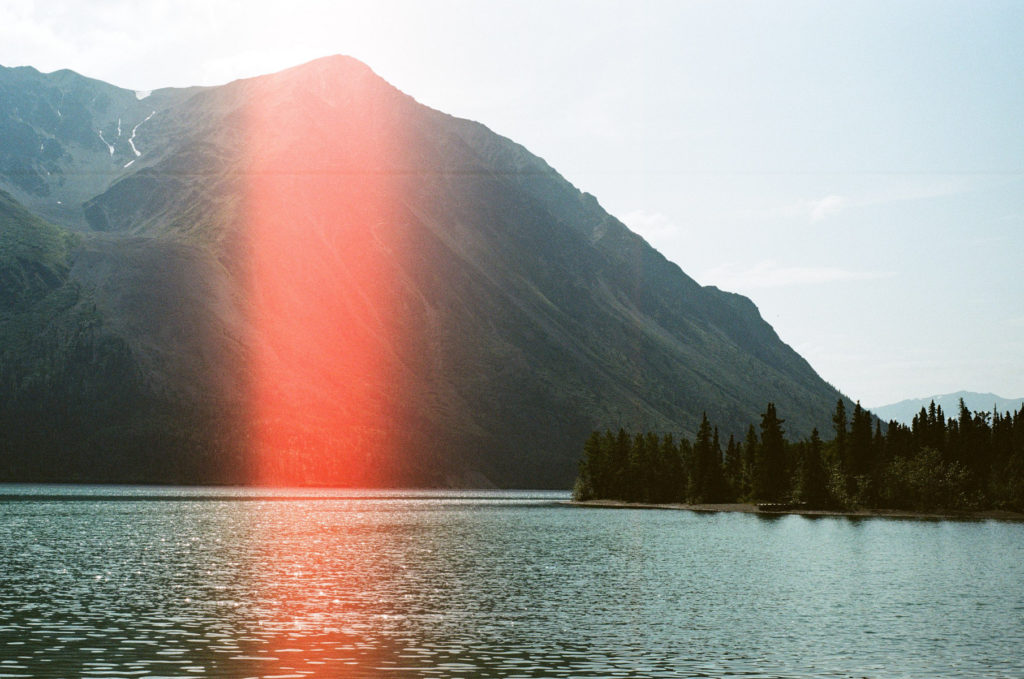
To keep it simple, there are two major types of film. 35mm film and 120 film (you’ve probably heard it referred to as medium format film). In this blog post I’ll be focusing on 35mm film. I’ve personally only shot on 35mm film, it is smaller, less expensive, and you get more shots per roll.
Buying Film Cameras for Beginners
There are a LOT of options here and some involve some risk of wasting money and time. Here are some simplified options:
1. Buy a NEW point and shoot film camera
A GREAT low risk beginner option would be to buy a lightweight, inexpensive point and shoot film camera.
I recommend trying the Kodak EKTAR H35 Half Frame Camera. It’s a point and shoot with a built in flash that can be manually turned on and off. But what’s unique about this camera is that you get 2 photos per one slide of film. So instead of getting around 36 shots, you’d be getting 72. I’ve been using it for 6 months and really love how the photos turn out.
Photos from Kodak EKTAR H35 Half Frame Camera:
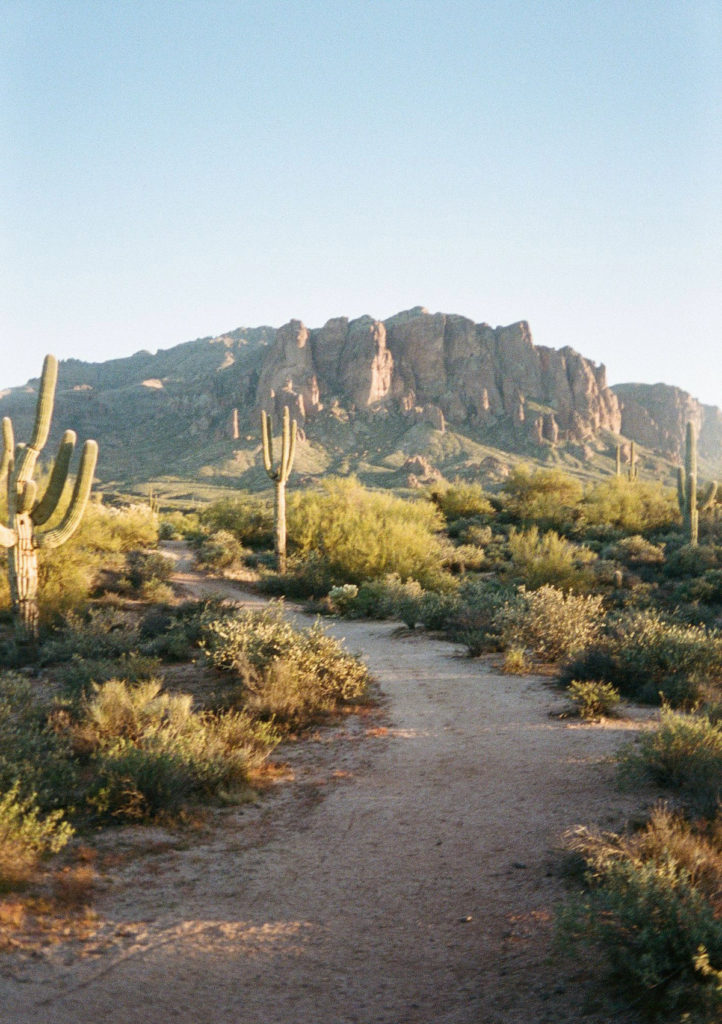


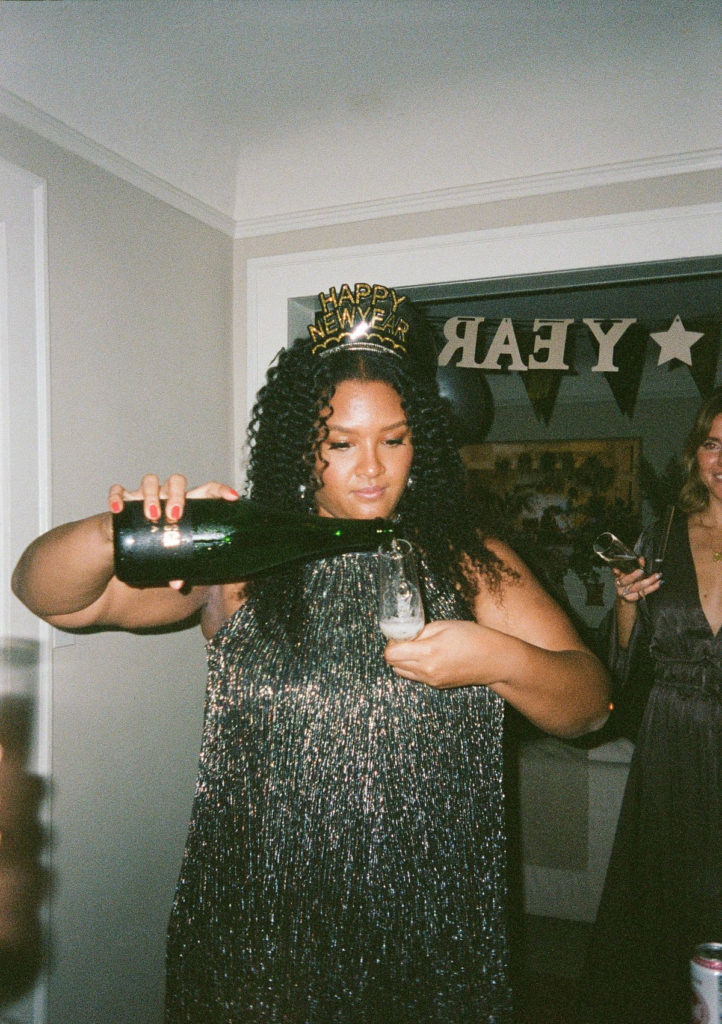
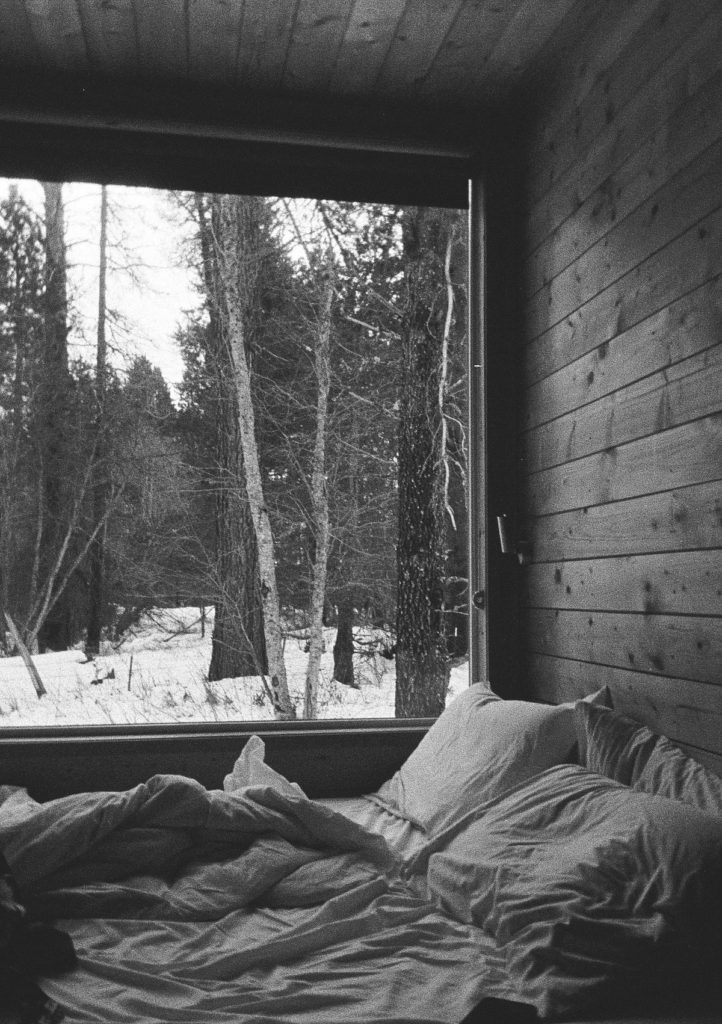

If you’re wanting more of a traditional point and shoot, I recommend trying out the Ilford Sprite 35-II. Think of it like a Disposable camera, but re-usable so theres not all the waste that would typically be involved in using disposables. I have personally bought this and cannot wait to use it soon! The Ilford cameras are great film cameras for beginners and advanced film users that are looking for a no-fuss option!
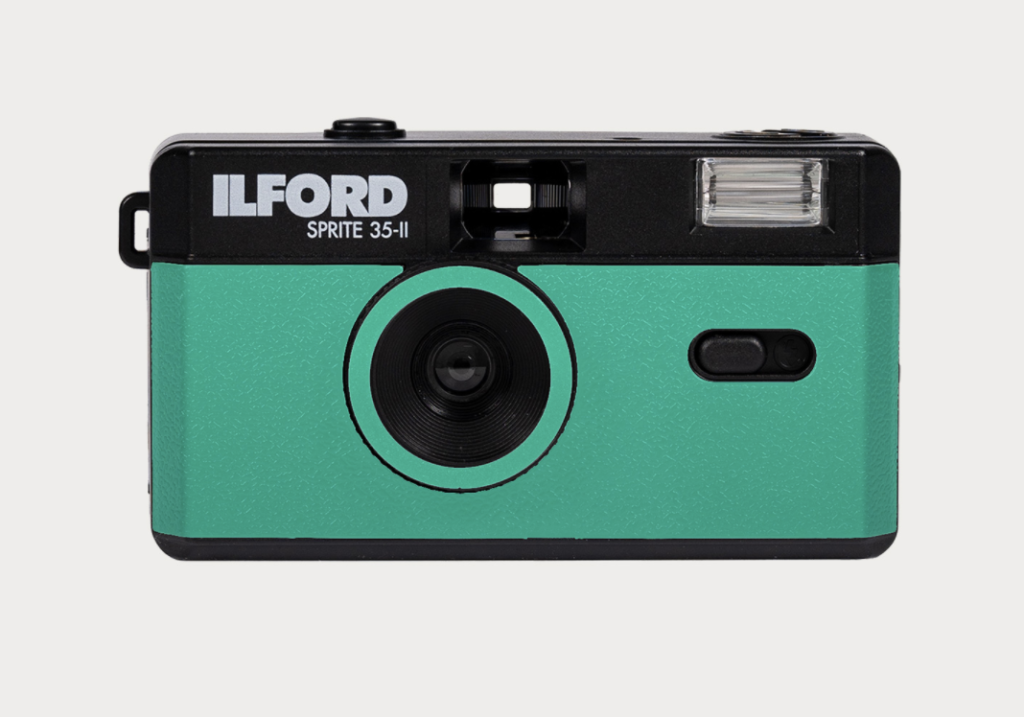
Another great thing about this camera is there are lots of tutorials and information about how to use it.
Pros:
- Inexpensive! This camera will run you $35. It is currently on backorder, so I’d suggest pre-ordering NOW!
- Ready to go for candid shots. Because this camera has a set shutter speed of 1/120, and aperture of f9, you won’t need to worry about fussing with your settings to take a shot.
- Super lightweight. I plan to use this for backpacking instead of lugging around my heavy vintage film camera.
Cons:
- Limited to fixed settings
Another fun point and shoot option for film cameras for beginners is the Diana Mini and Flash by Lomography. A higher price point at $99, but has creative options for shooting squares of film and other retro features.
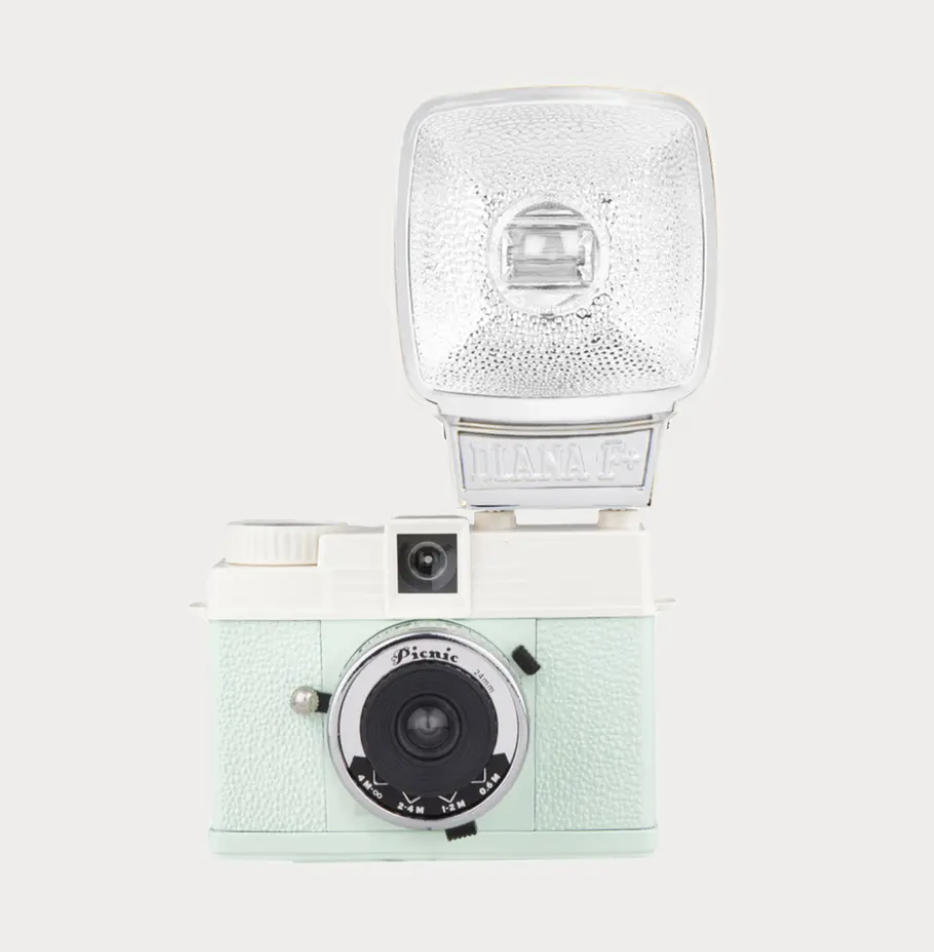
2. Buying Vintage Film Cameras
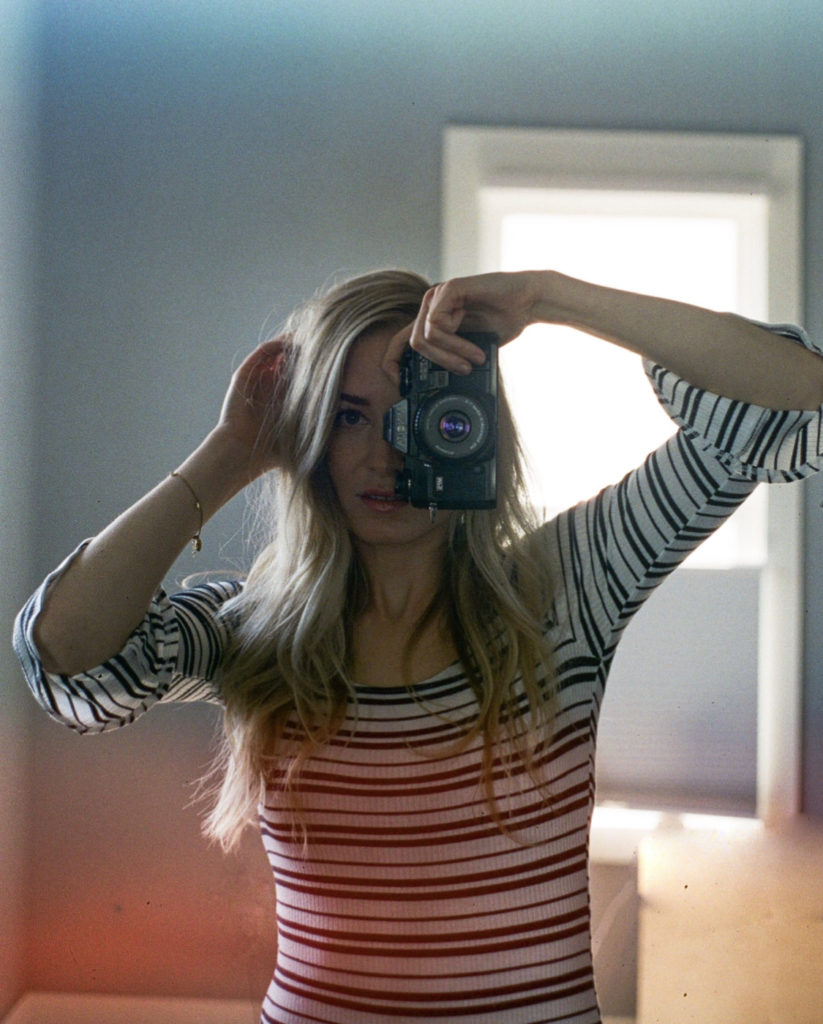
I get asked so many questions about what camera I use and it’s hard to recommend vintage cameras as film cameras for beginners due to the potential of it not working!
I was lucky to have access to a local film store (shoutout to Shot on Film) when I started out on film in Seattle. They have tested each camera to make sure it works, but even then certain features may not be working.
When I purchased my Minolta X-700, I learned the hard way on the first roll of film that the light meter was not accurate. It functions and shows a reading, but severely overexposed and underexposed my photos when I used auto or the light meter to expose my photos.
The photo below is one of the photos I learned the hard way on, but it’s actually become one of my favorites. That Is part of why I love film so much, some imperfections are expected and are often celebrated.
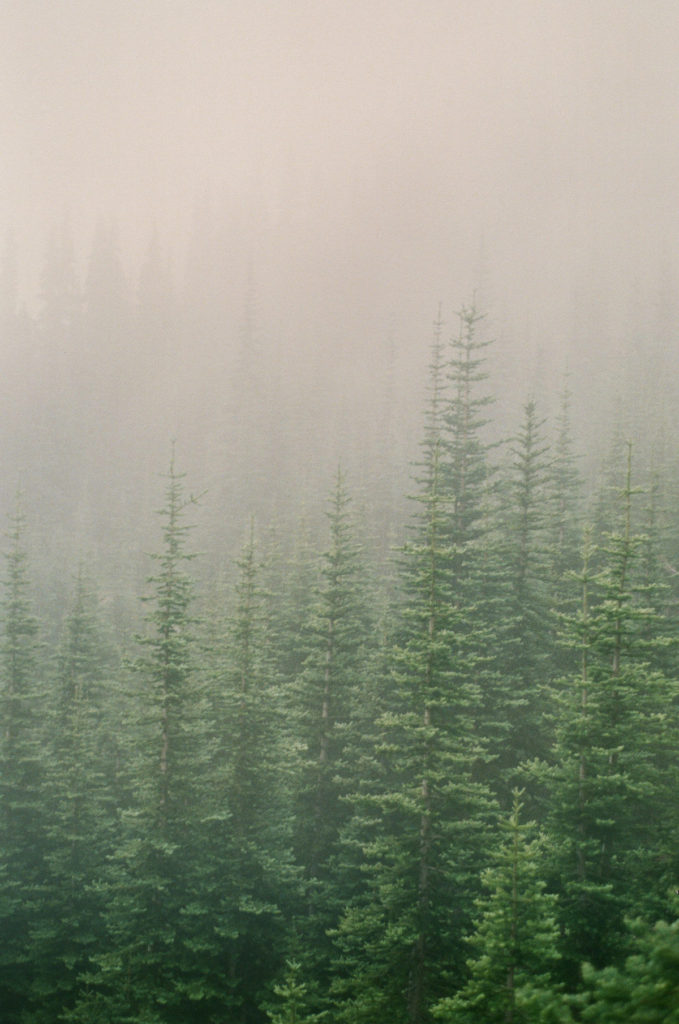
Recommendations for Film Cameras For Beginners:
- Mintola X-700
- Nikon FE2
- Canon FTb
- Canon AE-1
- Olympus OM1
- Pentax K1000
- Ricoh XR-10
Options when buying vintage:
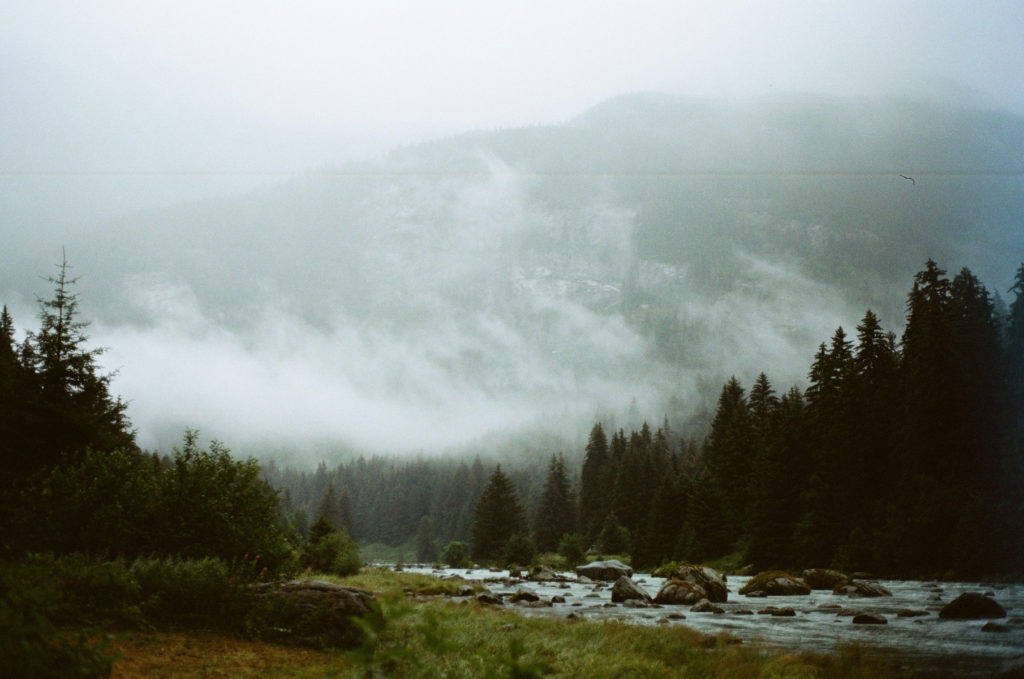
1. Go to a Film Camera store (Recommended for beginners)
If you are set on buying vintage, I cannot recommend this enough!! And going to a shop that specializes in refurbishing cameras is your best bet for walking away with a working vintage film camera that’s ready to use.
If you don’t have one near you, you can find one that will talk to you over the phone and ship! But my go-to has been Shot On Film in Seattle Washington (where I bought my camera) and Omega Photo in Bellevue, Washington (mostly for film developing and purchasing lenses).
Prices vary from $200-$400 to get started this way.
2. Find an Etsy retailer or Ebay retailer that tests cameras
I have found several Etsy and Ebay sellers that for an extra charge, will ensure the camera works before you buy it. Look for sellers that list detailed information about the camera or provide testing services. Then, if you really have your heart set on a specific vintage camera – this will probably be your best way of finding one and making sure it works.
You may spend anywhere from $50-$400 to get started this way
3. Try your Luck on Ebay, Mercari or Thrifting
This option is the highest risk of throwing a lot of money and time out the window. This was my quarantine hobby hah. I find low priced thrifted cameras either at Goodwill or on Ebay and hope for the best.
For me this has involved tracking down specialty batteries, and then shooting through a roll of film that I’m not emotionally attached. Then paying to ship and develop that film to *hopefully* find that the $15 camera I purchased indeed works.
This can become fun, but you need to make sure you know what kind of camera you’re buying and if it takes special film that is also hard to find and buy (APS cameras especially).
Prices will vary greatly
Tip:
If you are unsure if the light meter works, I highly recommend using a light meter phone app. The one I use is just called Light Meter. There are hundreds out there that work really well.
Buying Film for Beginners

So, you’ve bought a film camera. Congratulations!! The journey doesn’t stop there. Now you have to figure out what film you want to try out!
Here’s a run down on popular 35mm film:
- Kodak Portra 400 (~$10 per roll) – This is my go-to film. The 400 ISO allows me to shoot in a variety of lights and is known for producing the best skin tones for portraits.
- Kodak Portra 160 (~$9 per roll) – I was just recently gifted a few rolls of this and am excited to use it for mid day/ bright light photos!
- Kodak Ektar 100 (~$10 per roll) – This film is known for its vivid colors. I personally want to try more Ektar film, but have only used it once before.
- Kodak Gold 200 (~$4 per roll) – This is a great film to start on! It’s definitely one of the least expensive film options you can grab and is known for it’s warm tones.
- Kodak ColorPlus (~$6 per roll) – I’ve shot my fair share of this film. Known for being a great versatile film that is sharp and vibrant. When I can’t stomach the $10 a roll of portra this is usually my back up.
- Kodak UltraMax (~$6 per roll) – known as a “well rounded film” that is great for digitalization of your work.
A lot of people also use and love Fujifilm’s line of film (Pro and Superia). I have personally not had good experiences shooting with these films. They have been heavy on the green tones for me and I’m usually shooting nature and lots of greens already. But you should experiment for yourself! I’m sure I will end up trying these films again sooner or later.
Expired Film
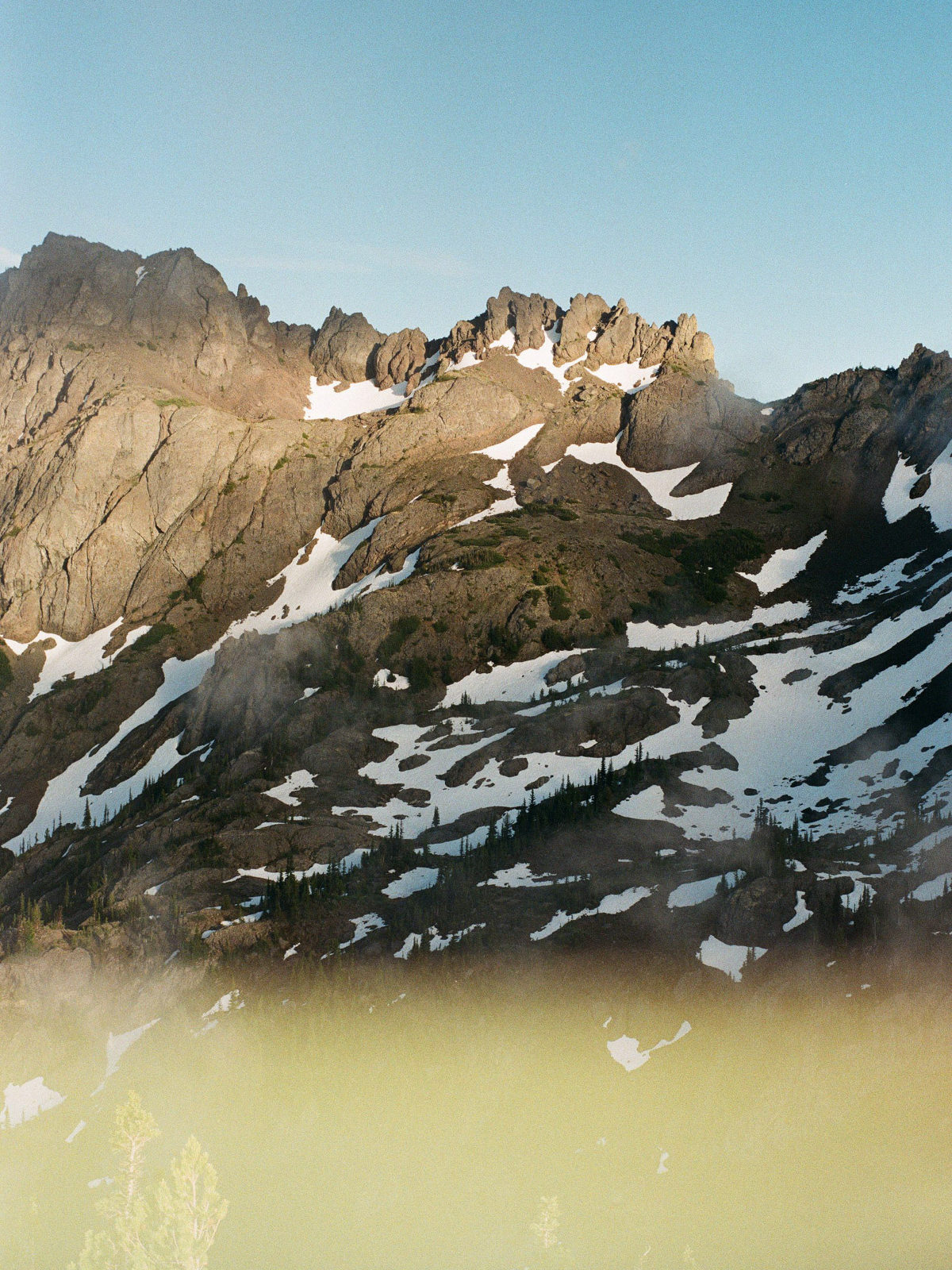
Whenever I’m in a city, I seek out film shops and ask about expired film for a couple reasons.
- It’s discounted
- It can have some really unique effects on your photos
- It’s a great way for me to cheaply test out thrifted cameras.
You can also get lucky on ebay or garage sales and find a bunch of expired film. I’ll be jealous if you do! But I would save this for after you have already gotten familiar with your camera with unexpired film so that you know it works properly.
Getting Film Developed

It used to be really easy. I remember taking my disposable cameras to RiteAid or Walmart and then getting double prints back. It’s not quite like that anymore. Most people don’t have access to a dark room, especially if you’re just starting out.
Check Locally:
You may be lucky enough to have a photography store where you live that develops film. Connecting with local businesses is always rewarding and is typically faster and easier if you are able to drop off the film.
Mail it:
This is what I’ve been doing since the beginning. I do not have a film store or anyone that can process film where I live. I’ve been sending mine to Shot on Film in Seattle and get digital scans of my photos via dropbox around two weeks later (it’s a long time for film processing, but I’ve been going to them for years now).
The standard price seems to be about $15 per roll for processing and then + shipping costs to mail back the negatives (optional). The negatives are only useful to you if you want a physical backup of the photos or have a scanner that you prefer to use.
Dark Slide Film Lab – $15 for processing and scans (woman owned business!!)
MPIX – $10 for processing and scans with a timeline of 1-2 days after they receive your film
The Dark Room – $12+ for processing and scans
Photoworks SF – $15+ for processing and scans
*Note these prices are PER ROLL.
Get out there and create!
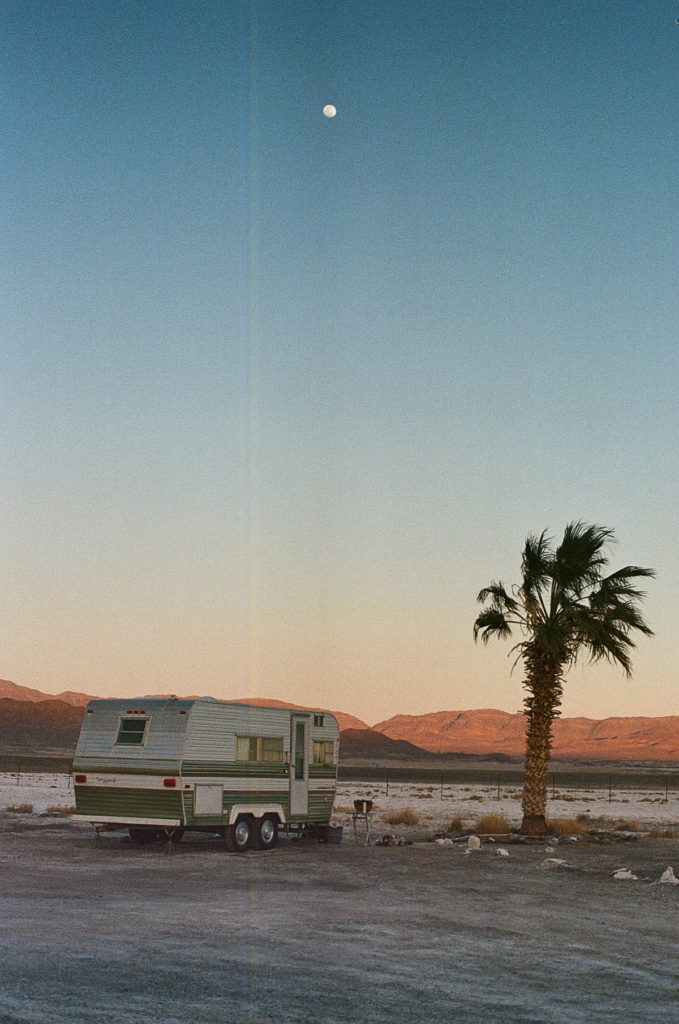
I hope you found this useful! There’s so much to learn and creativity that can come along with film. I feel like I’m only just getting started.
Let me know in the comments if you are going to start shooting film or if you already do!!
If you’re interested in seeing more of my own film photography, check out my print shop and maybe buy a set of prints for inspiration!

Share and Save for Later!
